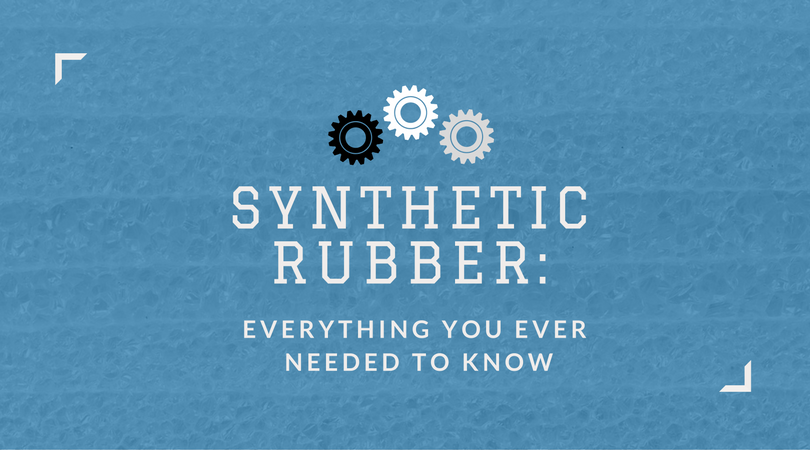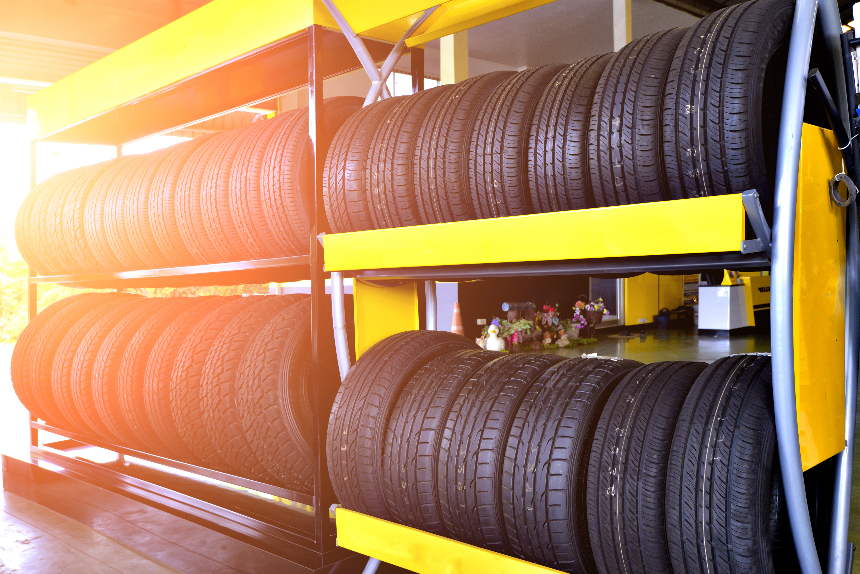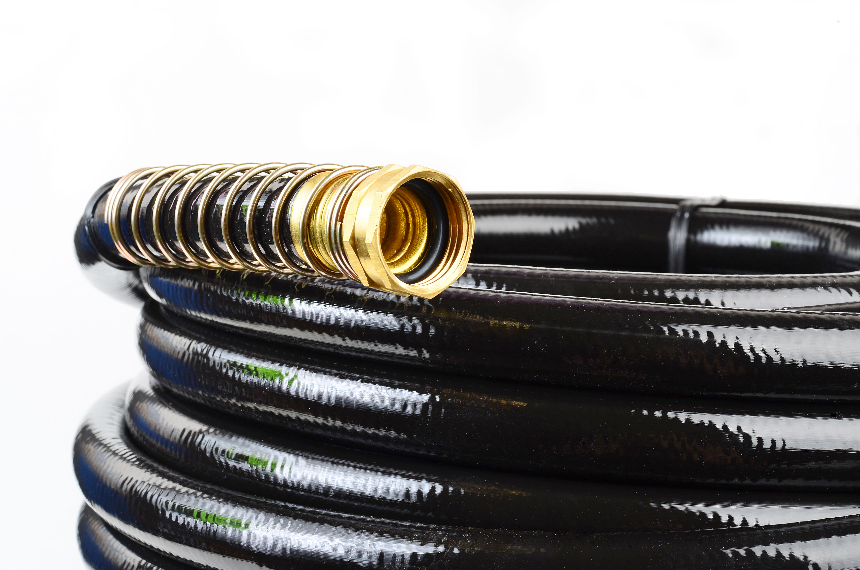
Synthetic rubber was first invented in 1909, but made its real debut when a shortage of natural rubber during World War II prompted its development. Good thing too, because synthetic rubber turned out to be more resistant to temperature extremes than natural rubber. Synthetic rubber is used to make a wide variety of products such as garden hoses and golf balls. All types of vehicles are made from it; in fact, synthetic rubber reinvented the rubber tire.
Synthetic rubber is now easily manufactured by the click of a computer mouse. A computer operator monitors computer screens of live camera images. The plant itself needs to be at least 400 meters long. There are a dozen or more massive storage tanks for the raw materials, as well as several reactor units. The raw materials inside the plant include a petroleum-based liquid and a solvent. 
How Synthetic Rubber is Made
Synthetic rubber manufacturers start the process off by boiling any residual water off the raw materials.
Next, they mix a petroleum-based liquid with a particular solvent, and then add a catalyst. This triggers a reaction that changes the chemistry of the material. The mix becomes a type of synthetic rubber that is used to make tires. Adding another catalyst stops the reaction at just the right moment. A milky, white liquid exits the tank-it’s our synthetic rubber!
Manufacturers then add chemicals that alter the rubber for a specific use (in our case, its tires). The additives will increase traction, and improve ware. A large whisk-like mechanism stirs the additives into the liquid rubber. The synthetic mixture is stowed into insulated storage tanks. Inside, pumps mix continuously so that the additives do not settle on the bottom of the tank.
At this point, the milky substance needs to be coagulated into crumbs. The coagulation unit is like a big kettle. Manufacturers pipe in the liquid rubber, a solvent mixture, and water. As they boil off the solvent, the rubber coagulates into crumbs that are about the size of beans. The water remains because it has a higher boiling point. The mixture of water and rubber crumbs bounce around in what we call the “crumb tank,” until it’s time for more processing.
The mix is then pumped into a rotary sift. As it spins, the excess water is drained off. Water is continuously added until the rubber crumbs have cooled off. Afterwards, the crumbs travel through a vibrating sift. As the crumbs bounce along, the water drains off through the perforations in the conveyor. The synthetic rubber is now a lot like good packing snow.
Next, they take the rubber to a lab where they take a sample and place it under a beam of infrared lights to analyze the microstructure. If it is acceptable, then production continues. A screw-like mechanism presses the rubber against a metal plate, used to squeeze out excess water. The rubber is moved into a spiral conveyor, and hot air is piped in from the side to dry the rubber even more. The synthetic rubber crumbs travel down a shoot, mostly dry at this point, but still a little sticky.
A machine compresses the crumbs into large bales. The bales travel down a conveyor where an inspector will check for imperfections. Once he gives the okay, the bails head to the packing station. The rubber is put through a plastic film, and a machine heat seals the package. Overall, these bales have taken a total of six hours to manufacture.

The manufacturing process is actually very similar to the natural production process. The rubber can be melted and shaped into many products of various shapes and sizes.
